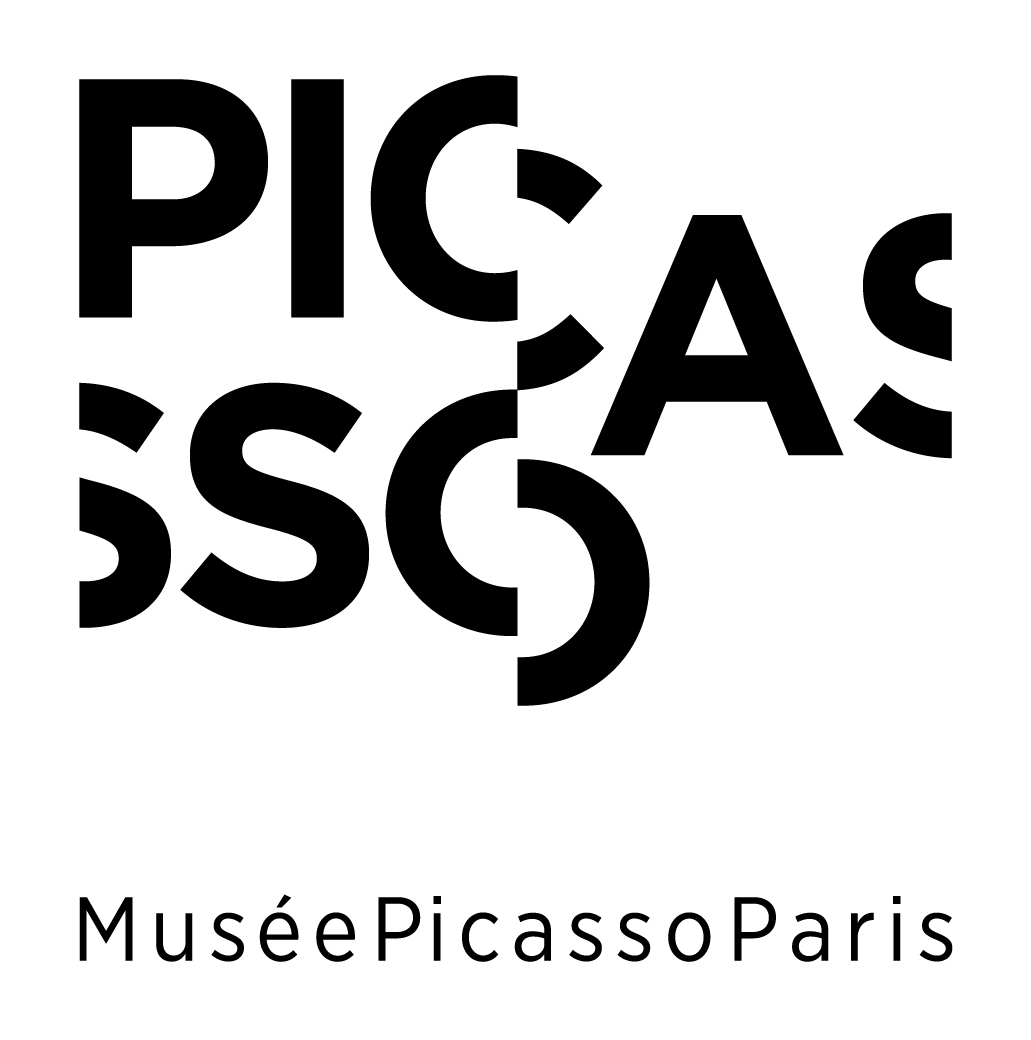Discovering Paris




The Blue Period

In 1901, a major drama occurred in Picasso's life. Having returned to Spain for some time, he received sad news on February 17. His friend Casagemas, who was depressed, died by suicide, shooting himself in a Parisian café following an unhappy love affair with Germaine Pichot.
Following this unfortunate episode, Picasso experienced a dark period. In addition to the poverty in which he lived, the death of his friend devastated him and he began a series of paintings tinted blue, a color associated with deep melancholy. "Blue Self-Portrait", dating from 1901 and kept at the Musée National Picasso-Paris, is a testimony to the painter's state of mind. Although he was 20 years old at the time of its creation, he represents himself as a man with drawn and hollowed out features, with a patched coat and a taciturn demeanor.
In the summer of 1901, Picasso was exhibited for the first time in a Parisian gallery, that of Ambroise Vollard. The exhibition was organized by the art dealer Pedro Mañach. It was on this occasion that he met the poet Max Jacob. Picasso was inspired by his surroundings and the places he frequented, producing a series of erotic drawings directly representing the inhabitants of brothels. The year 1902 also marks the creation of his first sculpture in clay: Seated Woman.
Still in a very precarious situation, Picasso shared a room in Paris with Max Jacob on Boulevard Voltaire. The exhibitions in April 1902 at the gallery Berthe Weill - the first in France to sell Picasso's works - introduce the blue period.



St-Lazare Prison

Emblematic Works


Fernande Olivier (1881-1966)
1.OLIVIER Fernande, « Picasso et ses amis », 2001, éditions Pygmalion/Gérard Watelet, Paris

![Picasso - Portrait de Fernande Olivier, en [1906] - FPPH147 - 98-022340](/sites/default/files/2020-02/98-022340---V2.jpg)

The Pink Period
Finally settled in the Bateau-Lavoir, in Montmartre, Picasso met other artists and poets like André Salmon and Guillaume Apollinaire. They all frequented the café Au lapin agile, the Médrano circus and the Parisian theater troupes. Picasso attended shows by entertainers and acrobats. Little by little the subjects evolved, the figure of the actor in disguise and the melancholic acrobat became very present in his renderings and the colors gradually moved towards pink tones.
In 1905, Picasso met the Dutch journalist and writer, Tom Schilperoort, who invited him to spend the early summer in his native village, Schoorl. The trip lasted six weeks, and Picasso's output was limited to two notebooks and some gouache paintings. In addition to landscapes, he focused primarily on traditional costumes worn by curvaceous women, foreshadowing a sculptural style in Picasso's work.
In 1906, Picasso discovered Iberian sculpture at the Louvre Museum in Osuna and Cerro de Los Santos. Then, in the company of Fernande, Picasso took a trip to the small Catalan village of Gósol. This Spanish interlude is instrumental in Picasso's painting.







Towards « Les demoiselles d'Avignon »






